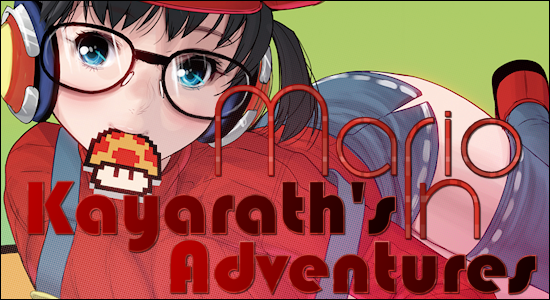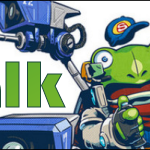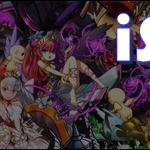Kayarath’s Adventures In Mario

Reviewing a book about Mario is a lot like reviewing a game about Mario. On many levels the product explains itself. It’s a Mario game. You go through themed stages until you beat Bowser. It’s a traditional well-done platforming game. What else do you need to know? Beyond that, you’ll mainly be adding details, conjecture, and bad jokes. Since I’m a master at conjecture and bad jokes, this should be right up my alley.
Super Mario, (that’s the name of the book) chronicles the history of Nintendo, going from a family-owned card maker to a global player in entertainment. While writing about Nintendo’s history may be like inventing your own platforming mascot character, Super Mario (the book) does stand up to the competition by being well researched (or at least well indexed) and anchored in the American perspective. Its author is Jeff Ryan, video game reviewer, enthusiast, and New Jerseyian (but don’t hold that last part against him).
My first instinct would be to criticize the book for being too short. Trying to tell all of Nintendo’s history in one book is like trying to cram 103,000 magical texts into a nun’s brain; there’s simply too much information vying for too little space. Ryan himself admits that the book could have doubled in size but opted to cut things in order to create a smooth narrative. Since this is a book and not an encyclopedia, I can understand and accept that decision. It does make reading it feel like a speedrun though Nintendo’s history. It’s a high-paced ride, but you don’t get time to dwell upon the significance of it all.

Mario can teach you to type, jump, and now read!
Like in any Mario game, Super Mario (the book) is chock full of secrets and surprises. If you’re here for game anecdotes, you’ll find plenty. For example, while F-Zero moved at lighting speed, adding a second player to the game would slow it down tremendously. A two player F-Zero game wouldn’t be very fast, but a two player kart racing game would be perfect for the lower speeds. Throw in some coins and overalls, and you’ve got Mario Kart. If you’re looking for something broader or deeper, you’re covered too. You can learn how Mario got his name, about the person who played Mario in that live-action series, and why six people would jump into a ton of spaghetti.
Like with strategy guides, having it all laid out for you allows you to see the bigger picture. First and foremost, Mario is an icon of our times. He’s even more recognizable then Mickey Mouse! While finding the exact survey is a bit of a stand alone complex for me, googling Mario merchandise should provide plenty of evidence supporting that notion. It has also become apparent that Nintendo favors unique game experiences more so then graphical power. While others simply pump up the CPU, Nintendo’s Wiimote, Wii U gamepad, and even the Virtual Boy (which was the Oculus Rift before it was cool) are all designed to create new forms of play.
It’s quite an absorbing read, honestly. Going through each chapter is like going through a Mario level, which is a good thing. While I hate to write such a vague review, the product really does explain itself. It’s a book about Nintendo’s history. It’s full of interesting tidbits hidden in a fast-flowing narrative. It’s an enjoyable read any Nintendo fanboy or admirer should put on their list. What more can I say? If you’re looking for a demo, go read the free bonus chapters over at www.supermariobook.com and try it out for yourself. Like in any Mario game, it’s all about the play. Or in this instance, the reading.
















iStalk? uStalk!